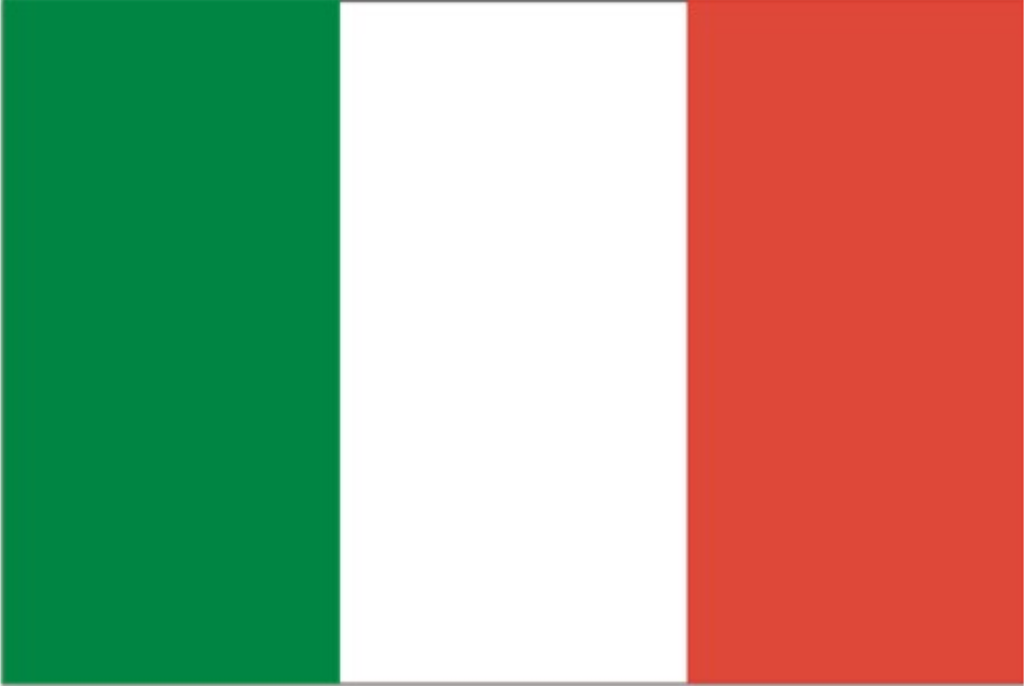Understanding Cost-Per-Click (CPC) in Digital Marketing
Cost-Per-Click (CPC) is a widely adopted pricing model in online advertising that charges advertisers each time a user clicks on their ad. This model is particularly popular on platforms like Google Ads and social media networks where businesses bid on keywords, audience segments, or placements to display their ads. The primary benefit of CPC lies in its direct correlation to user engagement: rather than paying for mere visibility or impressions, advertisers only incur costs when a prospective customer takes the active step of clicking through to a landing page. This means that every penny spent is tied to some level of user interest, making CPC especially appealing for campaigns focused on immediate conversions or website visits.
One of the most strategic elements in a CPC campaign is keyword selection. When using a search-based platform like Google Ads, businesses must identify relevant keywords that match user queries with strong commercial intent. For instance, an online retailer selling athletic shoes might bid on terms like “best running shoes” or “affordable trail sneakers” to attract individuals already in the purchasing mindset. The more specific the keyword, the more likely it is to reflect a user prepared to buy—though such terms can also be more competitive and costlier. This requires balancing bid amounts with the value of potential clicks, ensuring that each visit has a strong chance of leading to a sale or other meaningful action.
Ad relevance and Quality Score also play significant roles in CPC campaigns. Google, for example, uses a metric called Quality Score to evaluate the quality and relevance of both your keywords and your ad text, along with the user experience on your landing page. Ads with higher Quality Scores can achieve better placement at lower bids, allowing smaller advertisers to compete against larger players. This creates a dynamic ecosystem where relevance and user satisfaction can outweigh brute spending power, rewarding campaigns that align well with searcher intent.
Once users click an ad, the landing page becomes pivotal to the overall success of a CPC strategy. A well-optimized landing page features clear calls to action, fast load times, and engaging content that aligns with the promise made in the ad. This not only increases the likelihood of conversion but also signals to ad platforms that the user experience is positive. Over time, accumulating a track record of favorable engagement metrics can further boost Quality Scores, thereby reducing CPC costs.
Ultimately, Cost-Per-Click models allow businesses to maintain tighter control over their budgets while focusing on engaged users who exhibit some degree of intent or curiosity. By carefully selecting keywords, crafting compelling ad copy, and delivering on promises through optimized landing pages, advertisers can make CPC an extremely effective tool for driving high-quality traffic that is more likely to convert into actual customers.


